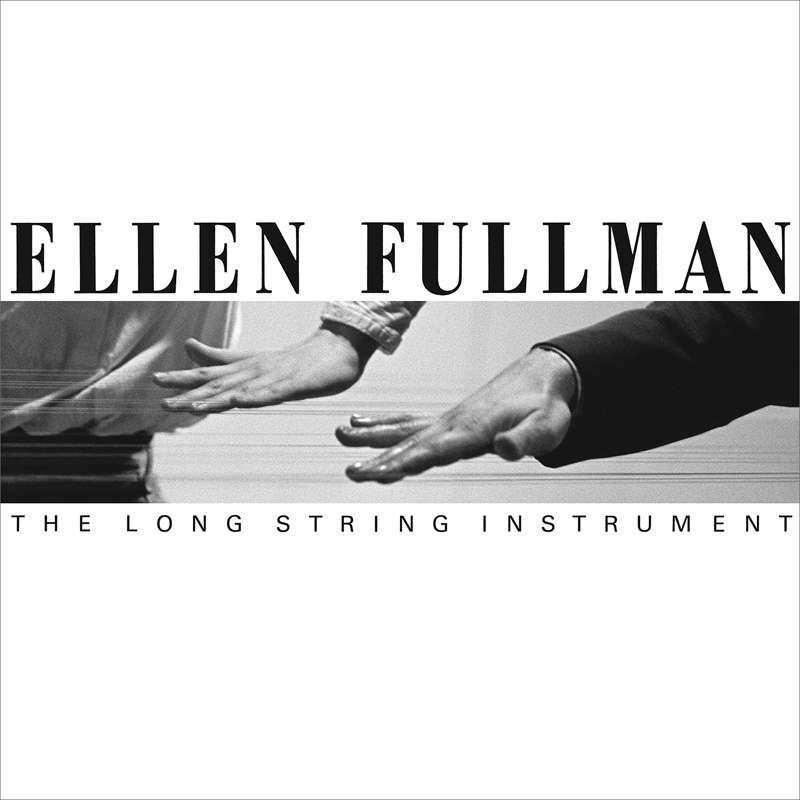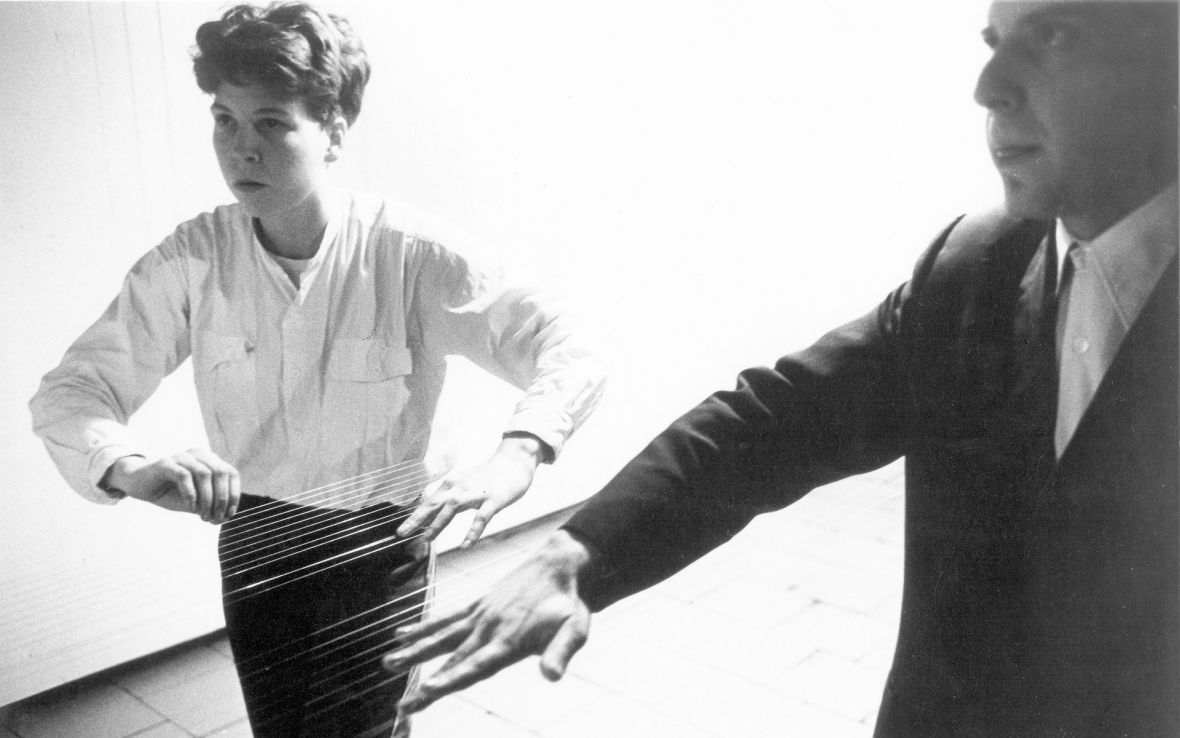About 30 years ago in Eindhoven, the Netherlands, there were 20 strings, 50 feet in length, slowly humming a composition by Ellen Fullman — she thinks.
There might have been more strings; probably not less. And they might have been shorter or longer than she now recalls. But the malleability of Fullman’s Long String Instrument, a site-specific construction she plays by grazing well-rosined fingers along strings she’s installed in any performance space, makes concerts and recordings something of a mercurial event.
That evening three decades ago was set to tape for posterity and issued on LP by a Dutch imprint as The Long String Instrument. In October, Oakland’s Superior Viaduct label finally reissued the scarce recording on vinyl.

“There have been a few pieces that I did on tour and was able to replicate in different spaces. It’s all slightly different,” Fullman says, after recently returning to the Bay from an 11-day residency at Iowa’s Grinnell College. “The longitudinal mode is solely based on tuning by length; therefore a longer room offers different possibilities for low frequencies. I adapt pieces not by tuning up into a different key, but by really re-voicing: I have the opportunity to voice this note an octave lower. Do I want to do that?”
During her career, Fullman’s collaborated with a wealth of performers, including former Mills College professor Pauline Oliveros and Japanese noisenik Keiji Haino. But artists from outside the realm of music have come to bear on Fullman’s practice as well. Given that playing the Long String Instrument requires moving through a space that could measure 100 feet in length, choreography is, if not a significant consideration, something the composer at least contemplates in relation to her work.


